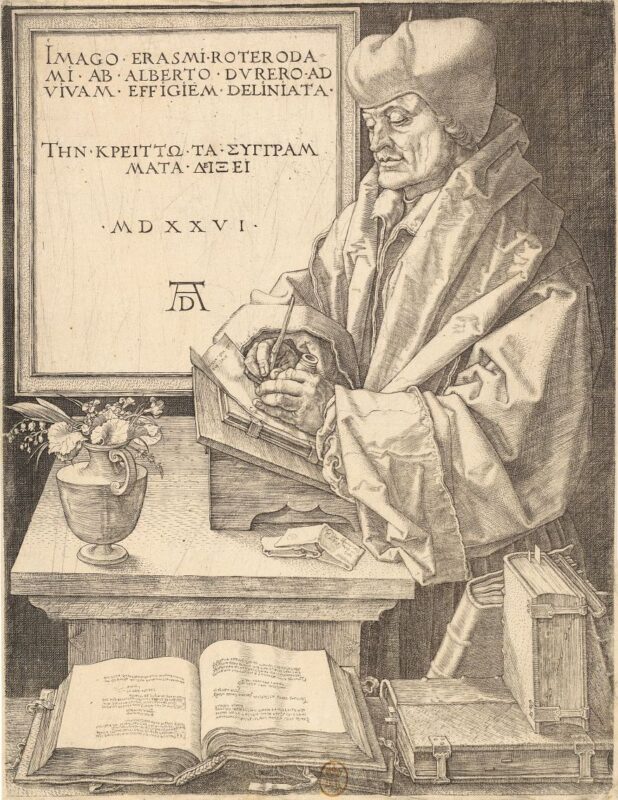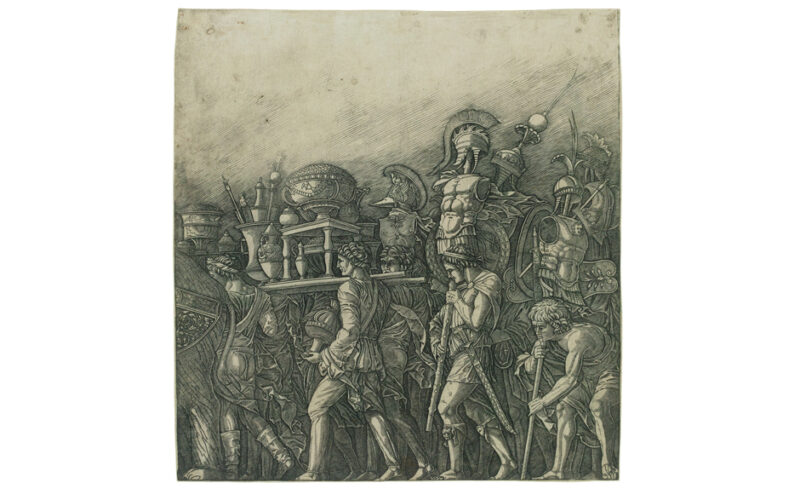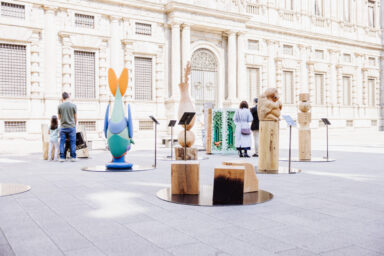Until the 16th of June, the Italian Renaissance is being honored in the latest exhibition held at the Bibliothèque Nationale de France. With more than 200 objects on display, the museum aims to highlight the major aspects of Renaissance humanist culture and create an ambiance where intellect, art, beauty, and science showcase a part of European history. Only a couple of days are remaining to visit the exhibition. Hurry up!
Words CAROLINA BENJUMEA
Manuscripts, printed books, drawings, paintings, sculptures, art objects, coins, and medals are featured, the exhibition rediscovers the importance of this period for the arts, as well as the evolution of taste and artistic forms. Throughout the retrospective, visitors will delve into the culture of humanism and its intricate relationship with antiquity.
Curated by Jean-Marc Chatelain, director of the Rare Book Reserve, and Gennaro Toscano, scientific advisor for the BnF museum in the Collections department, the exhibit is divided into five main chapters, covering the periods from the 14th century to the mid-16th century, the periods that saw the birth and expansion of humanist thinking.

Through books, globes, and other scientific objects, the first part, named “The Studiolo,” aims to immerse visitors into a Studiolo, an intimate room reserved for learning and producing all kinds of knowledge. “Petrarch and the Birth of Humanism” highlights Petrarch’s approach to studying classical antiquity. This poet and scholar understood the importance of studying ancient texts on a deeper level and is considered the founder of Renaissance humanism.

“From the Study of Antiquity to a Taste for the Antique” continues to explore Petrarch’s interest in classical texts and how subsequent generations followed his path in discovering humanism and classical authors. “Knowledge and Glory” portrays how humanism’s interest in classical studies prompted the cult of illustrious men, who were later represented in portraits, coins, and medals. Finally, “from the Humanist Library to the Princely Library,” concludes with a reflection on the library as an expression of political power.

The exhibit will run until June 16, 2024, with a schedule from Tuesday to Sunday, 10 am to 6 pm.



